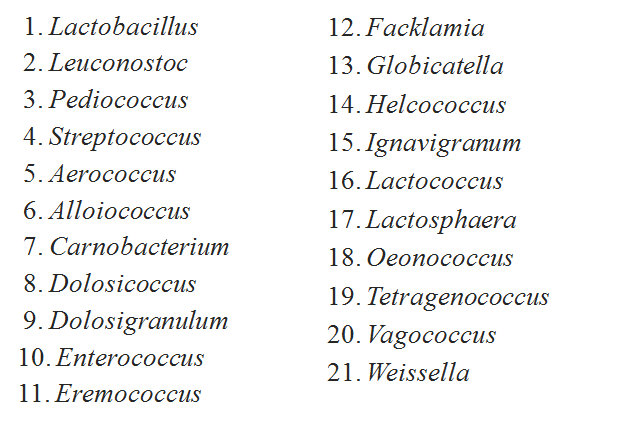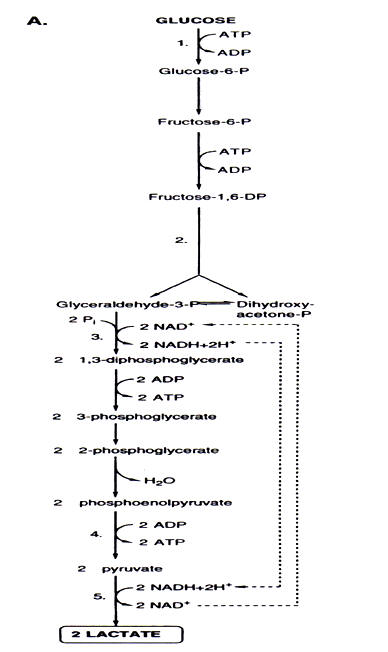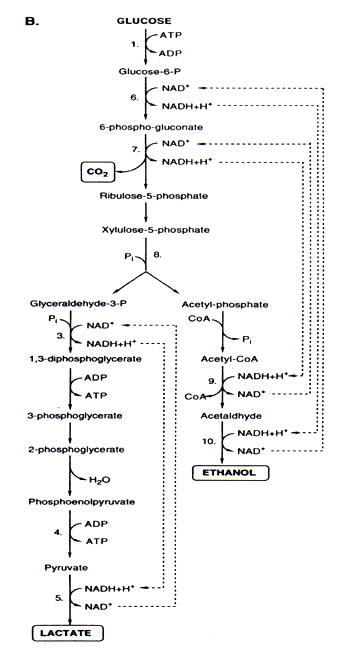![]()
1. Introduction

1.1 Lactic acid

▪ Lactic acid is a chemical compound that plays a role in several biochemical processes.
▪ That is a carboxylic acid with a chemical formula of C3H6O3.
▪ Lactic acid is used in the food industry for several aspects and has a long history of uses for fermentation and preservation of human foodstuffs (Davison et al.,1995).
1.2 Lactic acid bacteria
● Morphological characteristics:
• Gram-positive cocci or rods
• Non-spore forming bacteria
• Non-motile bacteria
● Physiological characteristics:
• Anaerobes or microaerophiles
• Strictly fermentation (major end product: lactic acid)
• Catalase-negative bacteria, devoid of cytochromes
• Acid-tolerant bacteria
Classification of LAB
Lactic acid bacteria were classified in the phylum Firmicutes comprised of 21 genera Axelsson (2004).

Lactic acid bacteria belong to two main groups, the homofermentors and the heterofermentors. Homofermentative produces mainly lactic acid whilst heterofermentative produces lactic acid plus amount of ethanol, acetate, and carbon dioxide, respectively.
Fermentative pathway :
● Homolactic fermentation (Glycolysis pathway)


● Heterolactic fermentation (6-phosphogluconate/phosphoketolase pathway)
![]()



1.3 Metabolism of lactic acid bacteria
● Carbohydrate metabolism
I. Hexose fermentation
- Homolactic fermentation
- Heterolactic fermentation
II. Pentose fermentation
III. Disaccharide fermentation
● Nitrogen metabolism
I. Casein degradation (proteolytic system)
II. Amino acid catabolism
1.4 Asian Fermented Foods
• Fermented foods are one of the oldest forms of food preservation in the world.
• Foods which are fermented have been subjected to the actions of LAB.
• Asian fermented foods have been applied for various other purposes. It is used
to
prepare savory lactic acid dishes with vegetables and cereals.
• Asian fermented foods play most important role in lactic fermentation.
◊The fermented food products in Asia can be categorized into five groups:
(1) Fermented soybean products
 (2) Fermented fish products
(2) Fermented fish products
(3) Fermented vegetable products
(4) Fermented bread and porridges
(5) Alcoholic beverages
◊ Fermentation plays at least five roles:
and textures in food substrates.
essential fatty acids and vitamins.
(5) Decrease in cooking times and fuel requirements .